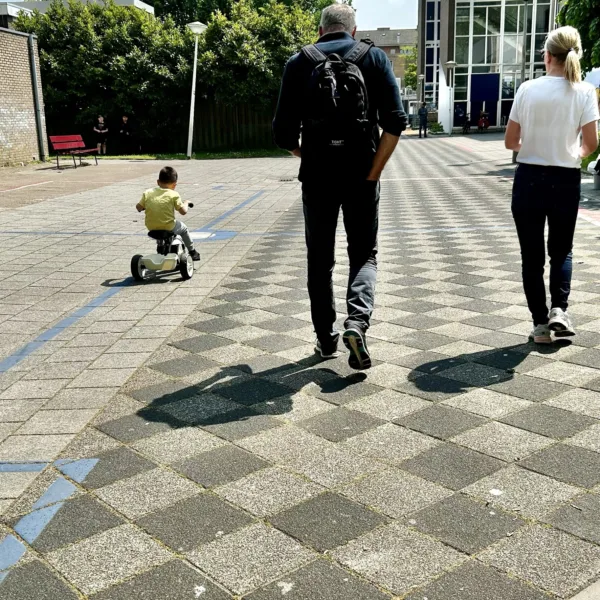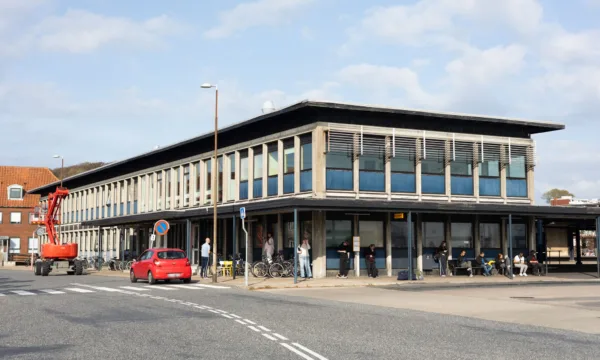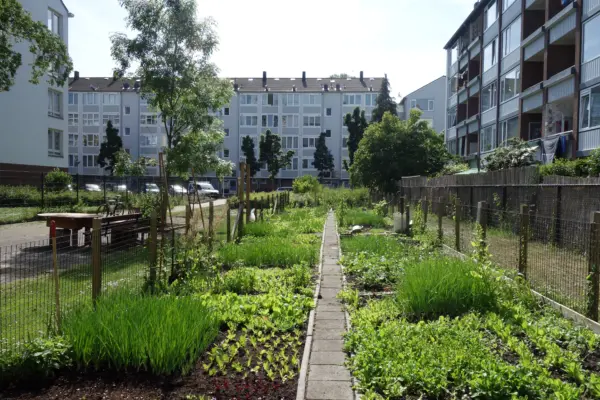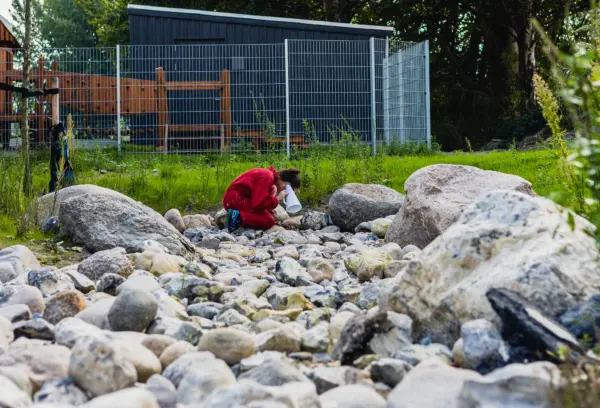Generate positive stories
Positive storytelling is vital in creating common ground for all actors throughout a transformation process. Positive stories help transform the narrative, seeing possibilities instead of old barriers to open up new opportunities. Positive stories not only promote good practice outward but also help form a joint narrative and common understanding that evokes pride among stakeholders and all actors in the project.
Create psychological safety
Transformation of spaces, places, or cities, entails co-creation processes with a wide variety of actors, some more and some less used to working with these types of projects. This calls for an immense need to foster safe spaces for all actors.
The creation of safe environments is a powerful way to encourage stakeholders, partners, and citizens to speak their minds.
In these types of transformation processes, a citizen can potentially be both an inhabitant representing their personal stance and local community, while also working for a public entity representing a professional and public figure. This emphasises the need for a space to speak freely and not always be held accountable from a professional point of view.
Safe environments can depend on "chatham rules" meaning what is being said in a room will never leave the room. In some cases documenting everything can indicate a lack of trust in people delivering, and the ability to conduct meetings without minutes can liberate people and enhance psychological safety.
Build relationships between people
It is crucial to understand that transformation processes are first and foremost driven by relationships between people rather than organisations, institutional entities, and tasks. When building relationships between people, the completion of tasks will follow naturally.
Understand that creating strong relations between people is a task in itself. Take the time to get to know each other, and do not underestimate the impact of listening to each other, peer-to-peer exchange, and "doing things" together.
Relations, maybe even future friendships, are a strong foundation for embracing different incentives and motivations of actors and understanding the reasons for making certain decisions. Strong relationships strengthen tolerance and acceptance, which help facilitate more smooth coordination and collaboration between all actors.
Avoid making fast decisions
Ensure continuous incorporation of learnings and insights among all stakeholders and respect the importance of the process by not taking any crucial decisions too rapidly.
Respect the local input and insights and make sure they are taken seriously and integrated into the planning process. Trusting the process in this way creates motivation and grows confidence.









